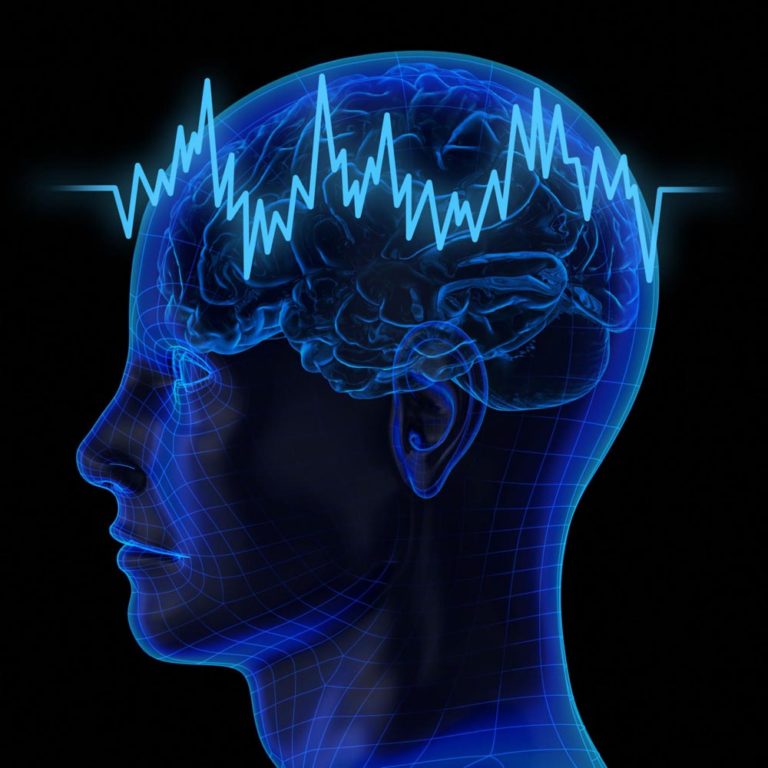Parkinson disease is the second-most common neurodegenerative disorder that affects 2–3% of the population ≥65 years of age. Neuronal loss in the substantia nigra, which causes striatal dopamine deficiency, and intracellular inclusions containing aggregates of α-synuclein are the neuropathological hallmarks of Parkinson disease. Multiple other cell types throughout the central and peripheral autonomic nervous system are also involved, probably from early disease onwards. Although clinical diagnosis relies on the presence of bradykinesia and other cardinal motor features, Parkinson disease is associated with many non-motor symptoms that add to overall disability. The phentermine underlying molecular pathogenesis involves multiple pathways and mechanisms: α-synuclein proteostasis, mitochondrial function, oxidative stress, calcium homeostasis, axonal transport and neuroinflammation. Recent research into diagnostic biomarkers has taken advantage of neuroimaging in which several modalities, including PET, single-photon emission CT (SPECT) and novel MRI techniques, have been shown to aid early and differential diagnosis. Treatment of Parkinson disease is anchored on pharmacological substitution of striatal dopamine, in addition to non-dopaminergic approaches to address both motor and non-motor symptoms and deep brain stimulation for those developing intractable L-DOPA-related motor complications. Experimental therapies have tried to restore striatal dopamine by gene-based and cell-based approaches, and most recently, aggregation and cellular transport of α-synuclein have become therapeutic targets. One of the greatest current challenges is to identify markers for prodromal disease stages, which would allow novel disease-modifying therapies to be started earlier.







